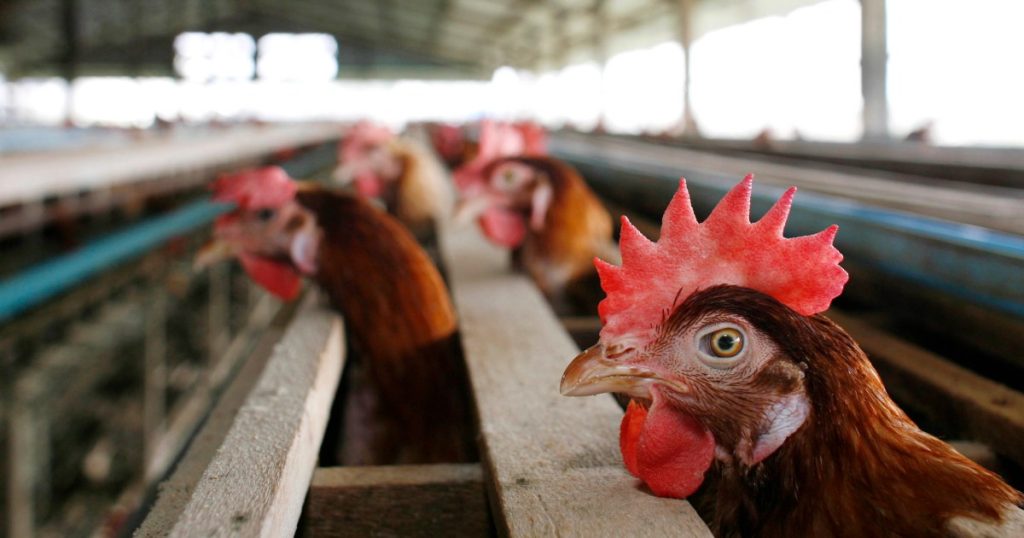Earlier this month, a dairy worker in Texas tested positive for the highly pathogenic H5N1 strain of bird flu, which has been detected in cows for the first time in the United States. This is also the first known cow-to-human transmission of an avian influenza virus in the country. While the current risk to the general public is low, health officials are closely monitoring the situation as the virus spreads among dairy cattle in several states.
Bird flu, caused by avian influenza type A viruses, primarily affects wild aquatic birds but can also spread among domestic poultry and occasionally to other mammalian species like pigs and now cows. The highly pathogenic H5N1 strain, which causes severe and often fatal disease in birds, has been found in cows in the current outbreak. This strain does not appear to be making cows very sick, but surveillance efforts are increasing to detect and monitor cases among cattle.
The current outbreak of highly pathogenic avian influenza viruses, including H5N1, is affecting commercial poultry and backyard bird flocks in the U.S., with cases reported in 48 states. The outbreak has spread to eight states among dairy herds, including Texas, Kansas, Michigan, New Mexico, Idaho, Ohio, North Carolina, and South Dakota. While only one human case has been reported in Texas so far, experts anticipate that the number of cases among cows may increase with increased surveillance.
The spread of bird flu to humans is rare, but can occur through direct contact with infected birds, contaminated environments, or through an intermediate host. While transmission can occur through close contact with infected birds without protective gear or touching contaminated surfaces, and then touching the face or eyes, the virus does not have the genetic capacity to easily spread from person to person. Most cases are linked to close contact with infected poultry or birds in rural areas.
The risk of contracting bird flu from food, such as eggs, chicken, and beef, that has been properly prepared and cooked is low. The pasteurization of milk products in the U.S. ensures a safe milk supply, and there is no current concern about the safety of pasteurized eggs, chicken, and beef. Drinking raw milk poses various infectious disease hazards, and the risk of getting infected by consuming eggs from poultry with H5N1 is low. Properly storing and cooking food can further reduce the risk of infection.
Symptoms of bird flu in humans may range from mild to severe, with some individuals experiencing no symptoms at all. Symptoms can include fever, cough, runny nose, muscle aches, headache, fatigue, shortness of breath, eye redness or conjunctivitis, diarrhea, and nausea. Antiviral medications commonly used to treat regular flu can also be used to treat bird flu infections, and most individuals with bird flu recover with prompt medical treatment. Public health measures such as good hand hygiene, avoiding sick birds, and seeking medical attention if symptoms develop after contact with birds can help prevent the spread of bird flu.


